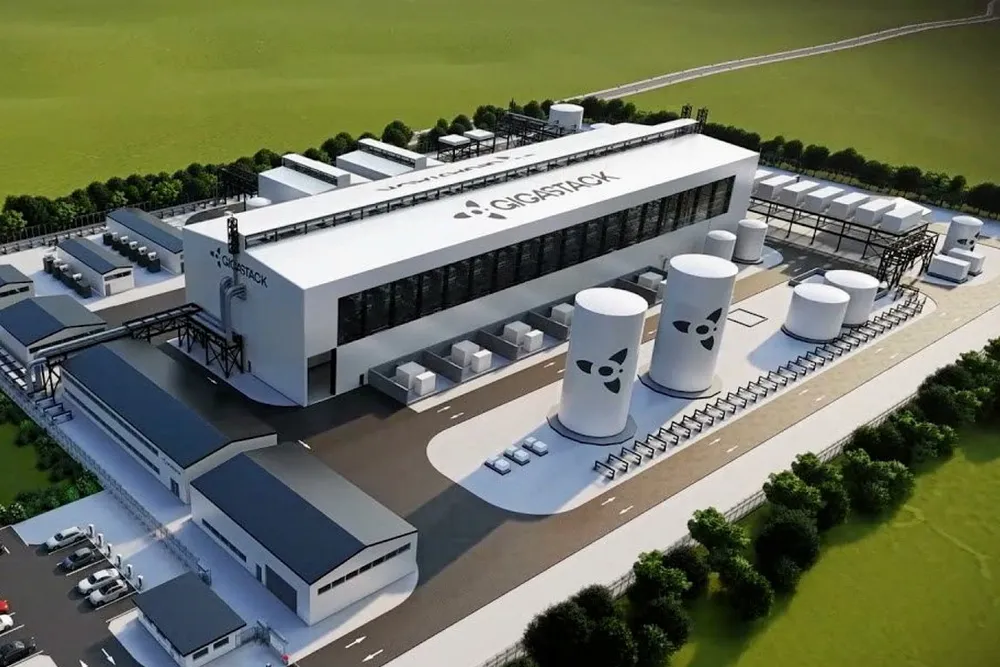Three green hydrogen projects drop out of first UK production subsidy round ahead of negotiations
The government plans to award operational support to 250MW by end of year, but 262MW is still in the running

The government plans to award operational support to 250MW by end of year, but 262MW is still in the running
